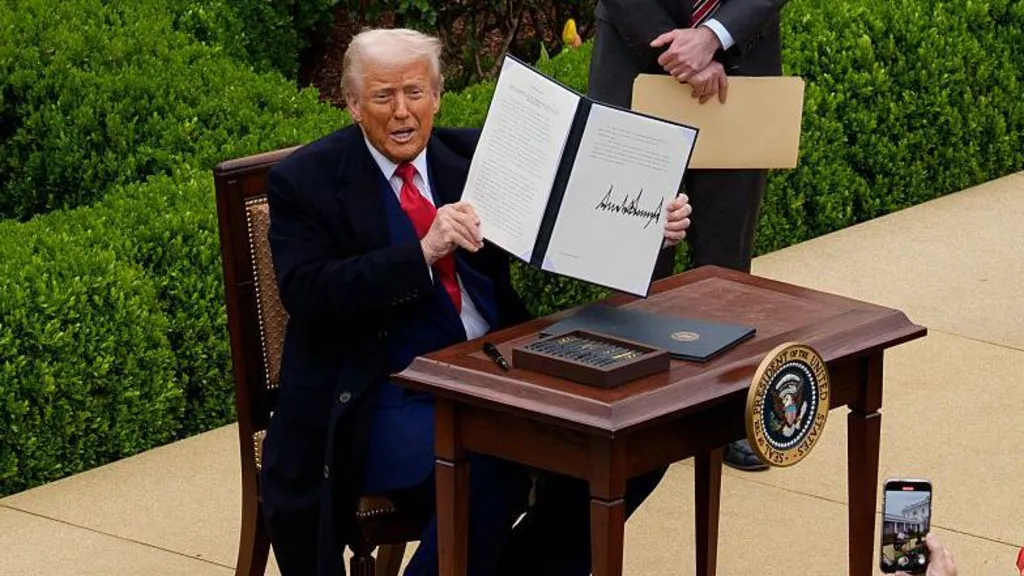U.S. President Donald Trump has announced that a 25% tariff will be imposed on goods imported from South Korea and Japan starting August 1. The announcement was made via social media, where Trump shared letters he claims were sent to the leaders of both countries.
The decision marks a major step in Trump’s revived push to implement wide-ranging tariffs, as the 90-day pause on his most aggressive trade measures nears its expiration. While negotiations have been ongoing, the letters suggest Trump is standing firm on the tariff rates he originally proposed in April—24% for Japanese goods and 25% for South Korean products.
These duties are part of what the administration dubbed the “Liberation Day” package, which introduced steep taxes on a range of global imports. Some countries face levies exceeding 40%, sparking outcry and causing volatility in financial markets. In response, the White House temporarily scaled back the harshest measures, maintaining a 10% tariff while allowing time for trade talks.
That window closes on July 9, with Trump now confirming that higher tariffs will take effect on August 1 for countries that haven’t reached a deal. Treasury Secretary Scott Bessent described a flurry of last-minute negotiation efforts, telling CNBC that “a lot of new offers” had landed in his inbox overnight.
Trump has repeatedly defended the tariffs as “reciprocal,” arguing they are necessary to counter trade practices that disadvantage American exports. In addition to these broader tariffs, his administration has levied sector-specific taxes on steel, aluminum, and automobiles, citing national security concerns. Tariffs have also been threatened on pharmaceuticals and lumber.
Talks with Japan and South Korea have been especially fraught, with auto tariffs emerging as a key point of contention. Trump warned last week that Japan could face tariffs of 30% to 35% if a deal isn’t finalized by midweek.
The U.S. has managed to reach partial trade deals with the United Kingdom, Vietnam, and China, although all have involved increased tariffs and unresolved issues. The European Union is also in active discussions with Washington, aiming to preserve a 10% tariff for most goods while pushing back against a 25% tax on vehicles and a 50% levy on steel and aluminum.
On Monday, the European Commission confirmed that President Ursula von der Leyen had a “good exchange” with Trump amid ongoing talks. Just weeks earlier, Trump had threatened the EU with severe tariffs unless a deal was struck.
As the deadline approaches, the global trading landscape faces growing uncertainty, with Trump’s tariff-first strategy continuing to reshape negotiations and disrupt international markets.
Ask ChatGPT

